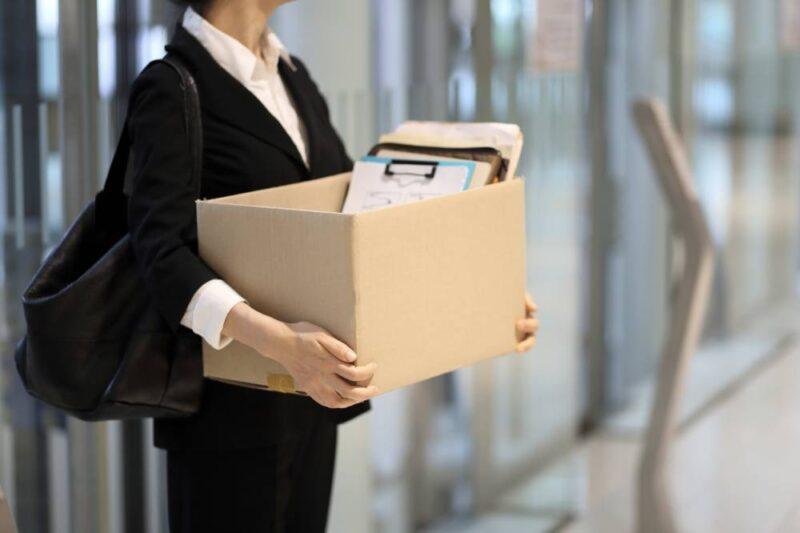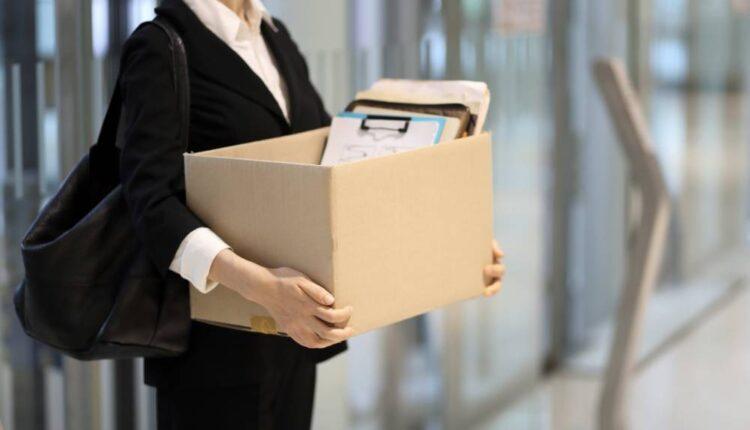
- Roughly 21 million Americans were unemployed as of May.
- The number of Americans unemployed for more than roughly six months has held steady since the start of the year, at about 1.2 million people.
- If that share increases, it would likely mean more acute financial stress for families and trouble for the overall economy, experts said.
RUNSTUDIO
Unemployment levels over the past two months have been the worst since the Great Depression era.
Yet there's room for optimism. One reason: Long-term unemployment in the U.S. hasn't yet seen an uptick.
But long periods of joblessness — those exceeding roughly six months — for unemployed workers may become more prevalent, depending on the scope of the economic rebound from the coronavirus pandemic, according to economists.
Such an occurrence would hint at a crisis of even greater severity, due to the likelihood of greater financial stress and damage to the economy, they said.
More from Personal Finance:
Say goodbye to six-figure starting salaries — with these exceptions
35 million stimulus checks are still outstanding
Used your PPP loan for rent? You can still get some forgiveness
The number of Americans unemployed for more than 27 weeks — economists' general benchmark for long-term joblessness — has held steady since the start of the year, at about 1.2 million people, according to the Bureau of Labor Statistics.
Shorter-term unemployment, on the other hand, has skyrocketed.
Zoom In IconArrows pointing outwards
Around 71% of the 21 million unemployed people in May had been out of work between five and 14 weeks. About 19% have been unemployed for fewer than five weeks.
"There aren't many people who are long-term unemployed," said Stephen Woodbury, an economist at Michigan State University. "There are gazillions of people that have lost jobs really recently."
Zoom In IconArrows pointing outwards
That makes sense, considering states began shuttering broad sectors of their economies just shy of three months ago, in mid-March, to stem the spread of the coronavirus outbreak.
But the unemployment crisis will start to look more dire if job losses persist beyond 27 weeks, economists said.
Individuals typically exhaust their unemployment benefits and experience more acute financial hardship, like struggling to pay bills or feed their families, after that period of time, they said.
Even when a worker collects unemployment, benefits generally replace less than half their prior wages.
"We're talking about suffering that gets worse the longer your unemployment spell lasts," said Gary Burtless, an economist and senior fellow at the Brookings Institution.
The financial pain of the current downturn has been blunted by federal unemployment relief, Burtless said.
VIDEO2:5102:51Study shows 60% of job losses driven by social distancing, says WSJ's Greg IpThe Exchange
Many states are offering an extra 13 weeks of federally funded unemployment benefits in response to the pandemic. And unemployment recipients are also currently getting an extra $600 a week through July.
However, if Congress does not extend that $600 benefit — which seems likely, given staunch Republican opposition — many people will be in dire financial straits once they exhaust their unemployment benefits, said Stephen Wandner, a senior fellow at the National Academy of Social Insurance.
It may also prove more challenging to access social assistance programs like food stamps, given restrictions than have been put in place since the 2008 financial crisis, Wandner said.
"People will [burn through] their savings and the safety net may be much more limited than it was in the Great Recession," Wandner said.
Zoom In IconArrows pointing outwards
Research suggests that longer stretches of unemployment are also associated with lower wages and lower lifetime earnings once someone finds a new job.
Long periods of joblessness also generally have negative repercussions for the overall economy.
Aside from reduced purchasing power, jobless individuals who are desperate for work may look for positions in other occupations or industries. That could lead to a skills mismatch and result in lower output.
"It could be a tough time if we don't have a V-shaped recovery, which I strongly doubt [we'll have]," said Wandner in reference to a sharp economic rebound.
Some economists think the true number of long-term unemployed is actually higher than reported by the Bureau of Labor Statistics.
VIDEO6:1906:19Why the real unemployment rate may be higher than reportedSquawk Box
That's because the official figure wouldn't include Americans who've given up looking for work over the past six months, as many may have in the current economic climate, Burtless said.
"This is a horrible time to look for another job," he said.
However, there's optimism that the unemployment shock will prove short-lived and won't be long-term in nature.
For one, the economy added 2.5 million jobs in May, leading some to predict a quick recovery as states reopen their economies more fully.
In addition, around 73% of the 21 million unemployed Americans are on temporary layoff and expect to return to work once business rebounds, which could hasten the overall recovery.
Zoom In IconArrows pointing outwards
Source: cnbc.com

